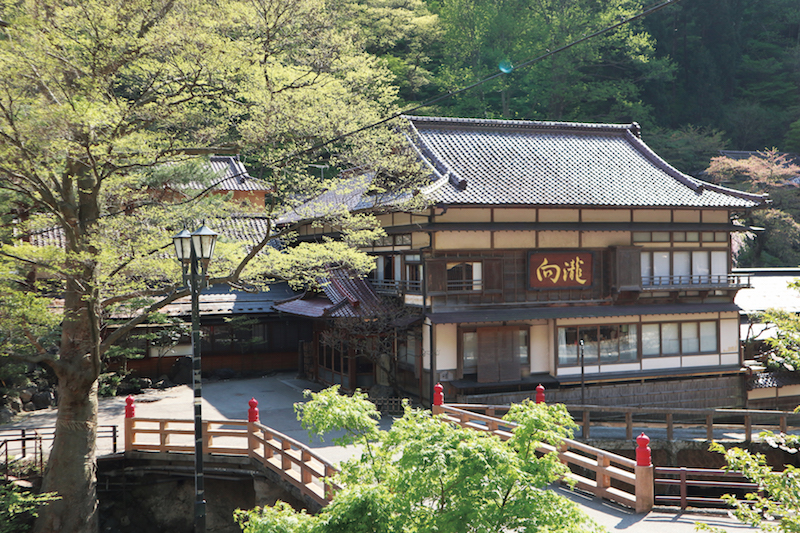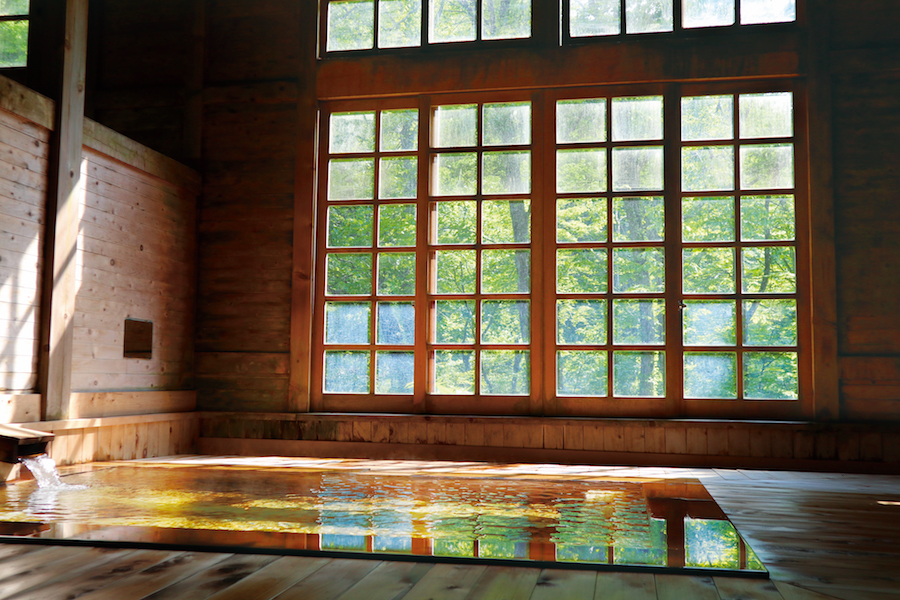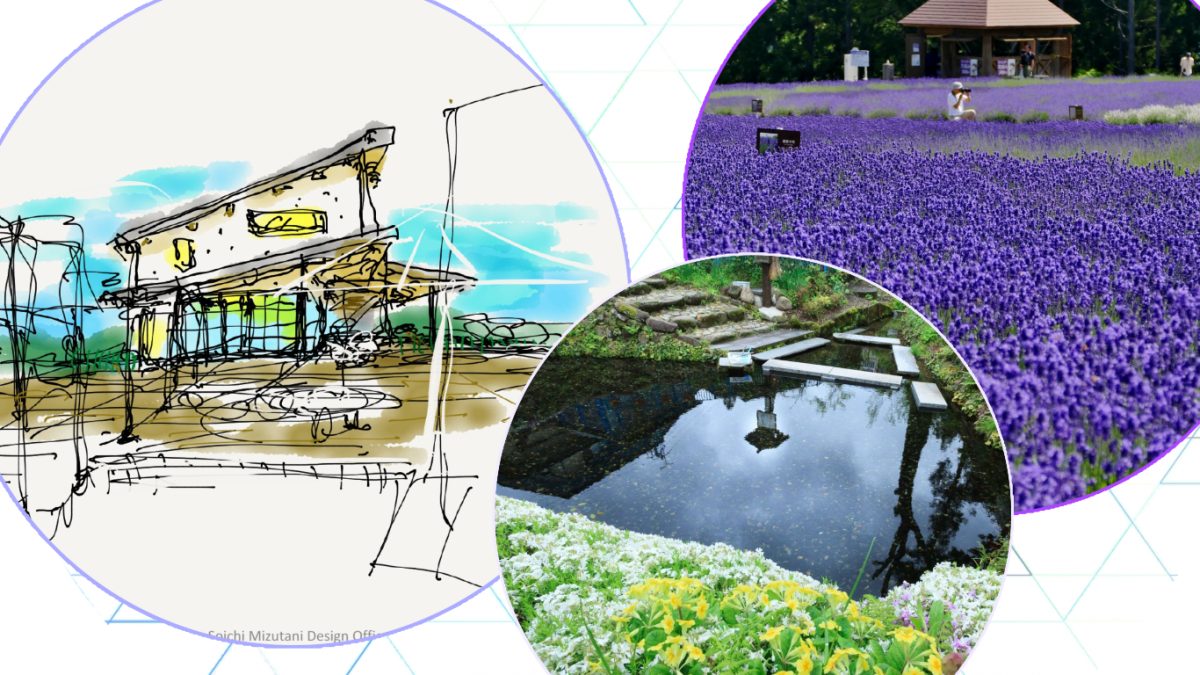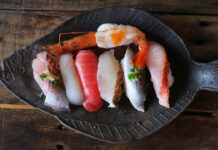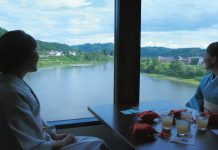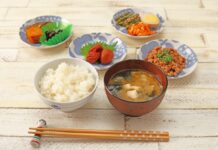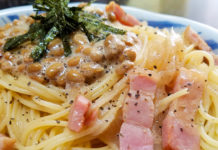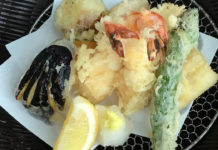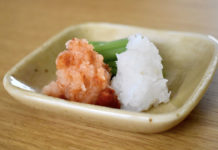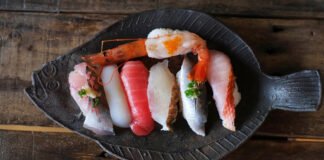Bordering Ishikawa Prefecture to the north, Gifu Prefecture to the east, Shiga Prefecture to the south, and Kyoto Prefecture to the southwest in the Hokuriku region of Japan, Fukui charms visitors with breathtaking scenery and a unique local culture born from traditional craftsmanship and a reverence of nature and religious beliefs. In early days, the region now known as Fukui Prefecture included two areas called Echizen-no-Kuni and Wakasa-no-Kuni and a was home to powerful samurai clans. In between the sprawling fields and mountains that cover the serene countryside, remnants of the region’s storied past can still be seen today in the well-preserved streets, ancient ruins, and historical landmarks, like one of only twelve original castle towers remaining in Japan, Maruoka Castle, built in 1576.
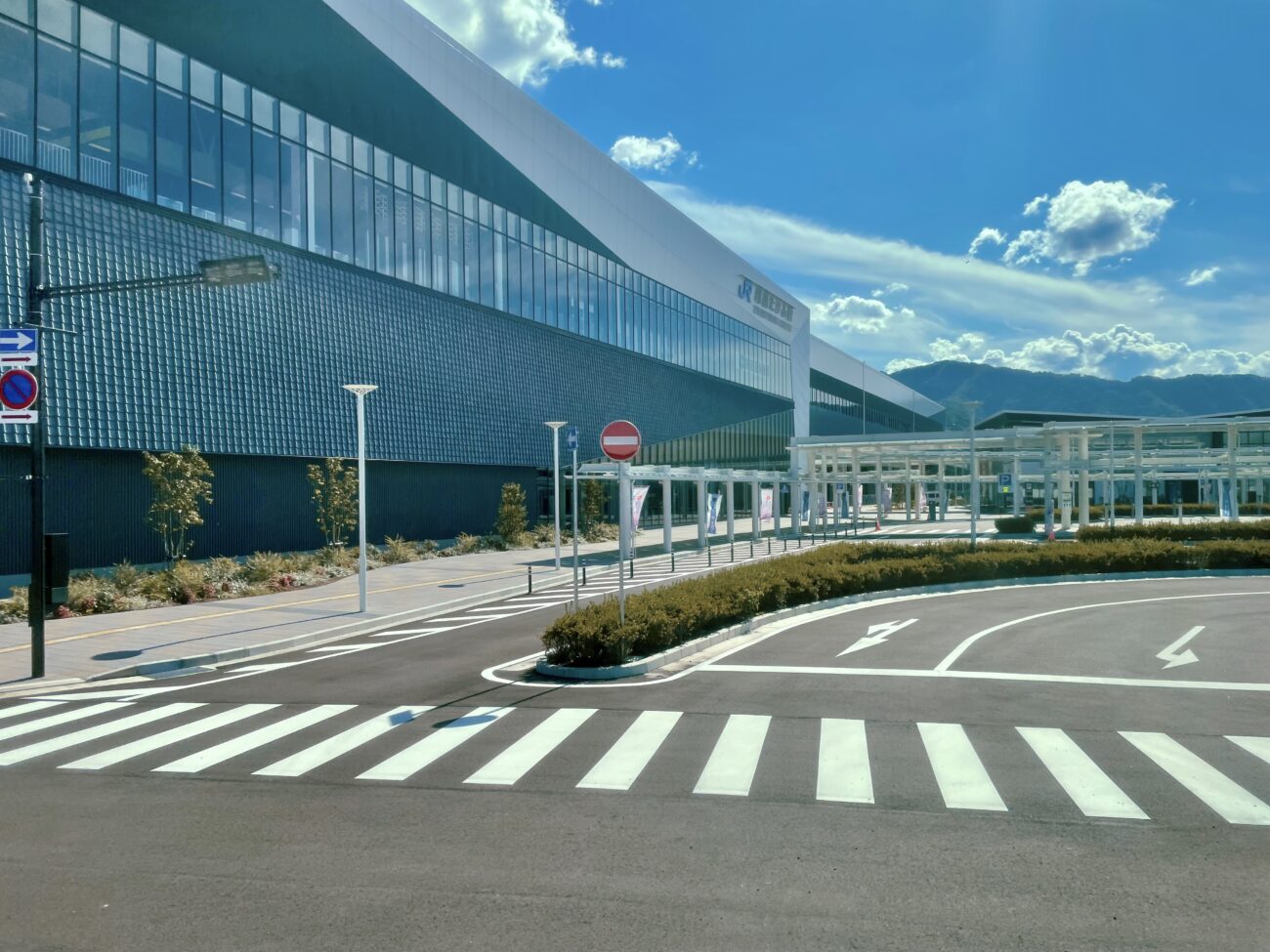
Though there are many reasons to visit Fukui — with stunning views, delicious food, and unique local culture — it quietly remains one Japan’s hidden gems. That is set to change, however, as the new Echizen-Takefu Station, servicing the Hokuriku Shinkansen makes Fukui more accessible than ever for local Japanese people and international visitors. Adding to its appeal, Fukui is situated near other popular destinations like Kanazawa, Takayama, Kyoto, Gifu, Nagoya, and Kyoto.
Untouched Nature in Fukui
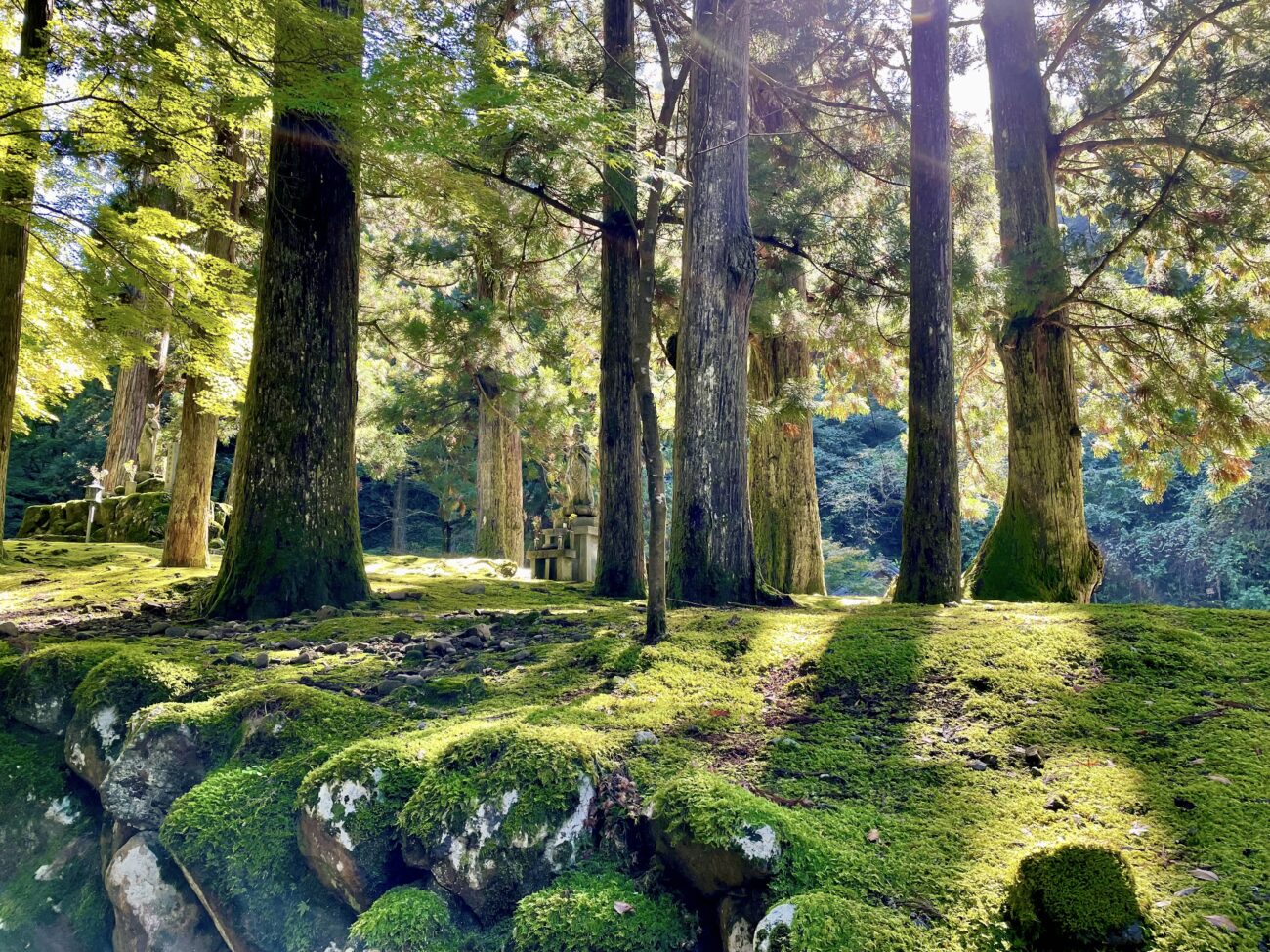
When introducing Fukui, it’s easy to begin with the obvious natural beauty, safely tucked away from busy cities like Tokyo. Fukui’s scenic landscape is characterized by dramatic coastlines facing the Sea of Japan, majestic mountains, verdant forests, and tranquil fields. Natural wonders found in Fukui include the striking Tojinbo Cliffs that was carved out by rough waves in in the Echizen-Kaga Kaigan Quasi-National Park Near Awara Onsen Station. The rugged 1kilometer stretch of coastline has become recognized as one of the most magnificent spots to witness breathtaking sunsets in Japan.
I had the opportunity to visit Fukui in early autumn as the forest-covered mountains began to reveal their fall colors, including the vibrant crimson hues of Japanese maple leaves. Lake Kuzuryu, created by the Kuzuryu Dam, provides a spectacular setting to appreciate the autumn view around mid-October.
Beyond its inherent beauty, Fukui’s pristine nature and climate provide the region with the necessary elements and conditions to produce delicious food from local ingredients. In fact, the famous Koshihikari rice, regarded as some of the best quality rice Japan has to offer, originated in Fukui. Another mouthwatering offering from Fukui is the famous Echizen Gani, local snow crab from the Sea of Japan, which is most delicious in winter.
Bistro Un
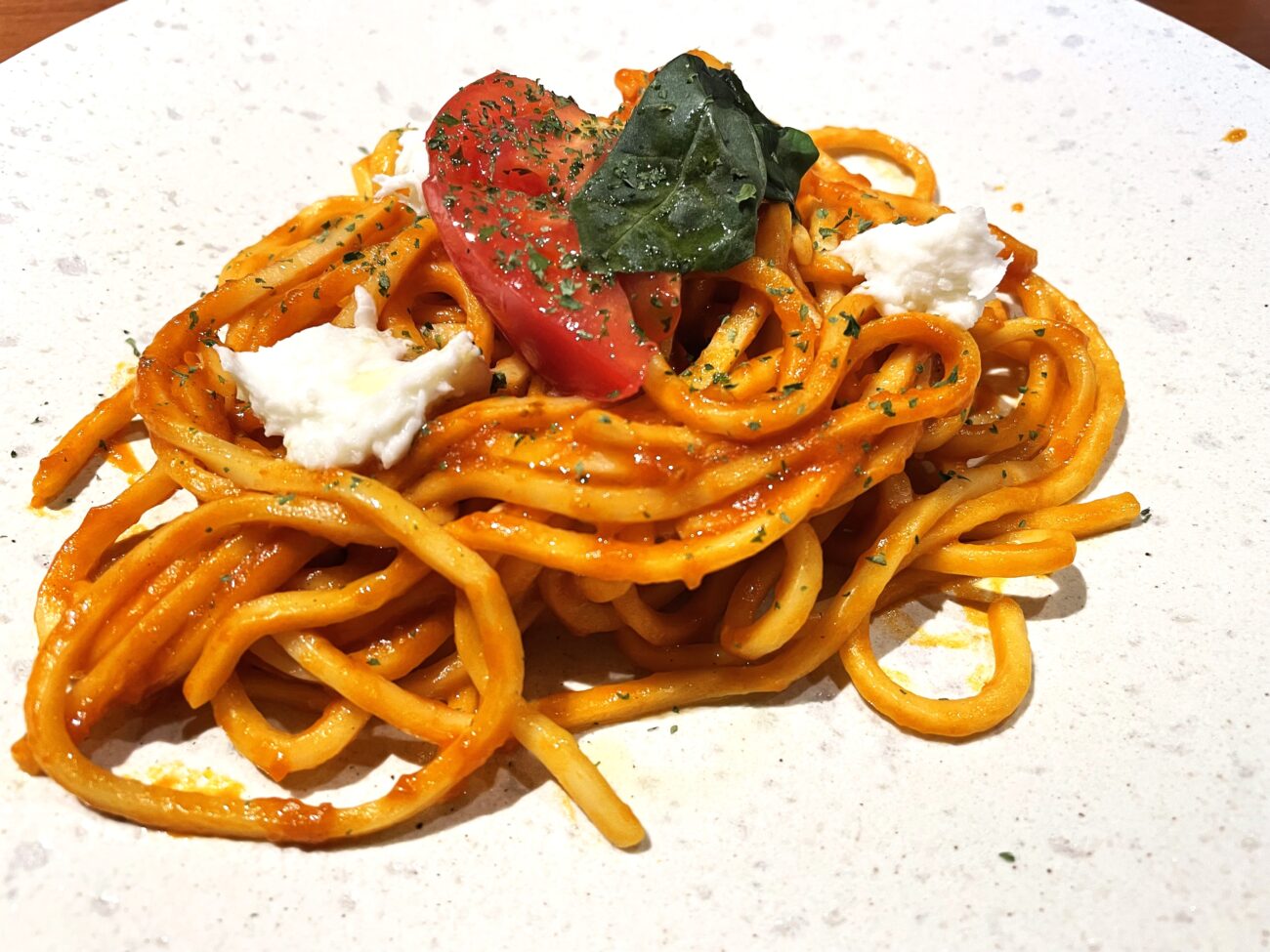
Taking advantage of Fukui’s rich natural resources, French restaurant Bistro Un aims to create each dish with locally sourced ingredients. Even the cutlery used in the kitchen and the table are crafted in Fukui, so diners can fully experience the bounty and ingenuity of the region. While using Fukui-grown produce, Bistro Un doesn’t shy away from mixing traits of Japanese dishes with those from around the world. At my table, the pasta made with thick, chewy, handmade noodles with the texture of boiled Japanese Udon noodles was a major hit and is highly recommended. The 180-year-old building itself is also a blend of cultures. Bistro Un is established in a restored traditional Japanese warehouse that features a Western-influenced interior. The bright, rustic atmosphere enhanced the dining experience as we eagerly chowed-down on tender steak, fresh vegetables, and more. Finally, I finished by hearty lunch with a chocolate dessert and a great cup of coffee.
Urushiya

For a quintessential Japanese meal, Urushiya specializes in Echizen Soba, which is a classic Oroshi soba dish in Fukui that is served with a large portion of grated daikon radish. The flavorful Japanese buckwheat noodles with a dipping sauce that packs a punch have brought the area so much fame the attraction Echizen Soba Village was born. Urushiya which has been around since 1861 has preserved its classic Japanese farmhouse architecture. Emperor Showa even dined here during a visit to the area in 1947 and was so satisfied that he ordered seconds. Urushiya continues to impress today, evidenced by its Michelin Plate certification. Urushiya offers private rooms for groups of up to 24 people. With a reservation, you can dine in the Urushiya no Ma where the emperor enjoyed his meal and admire the serene Japanese garden from your table. Using local beautiful handcrafted Echizen pottery, the presentation of the food also left an impression.
Sushi Toyo
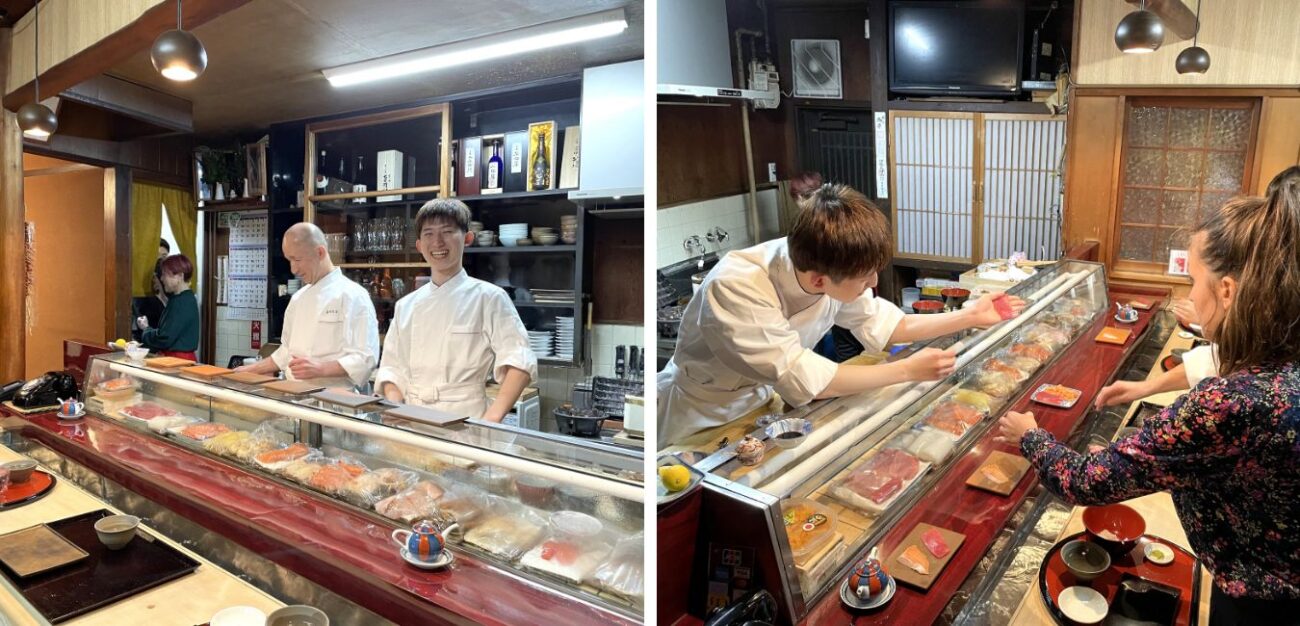
Those that carry on the traditions and culture of Fukui are a great asset to the region. The warmth and hospitality of the locals could be felt throughout the entire time I spent in Fukui, but it was most apparent at the family-run Sushi Toyo. With the quality of a Michelin Plate certified restaurant, and the atmosphere of casual evening with close friends and family, we enjoyed an unforgettable Sushi dinner.
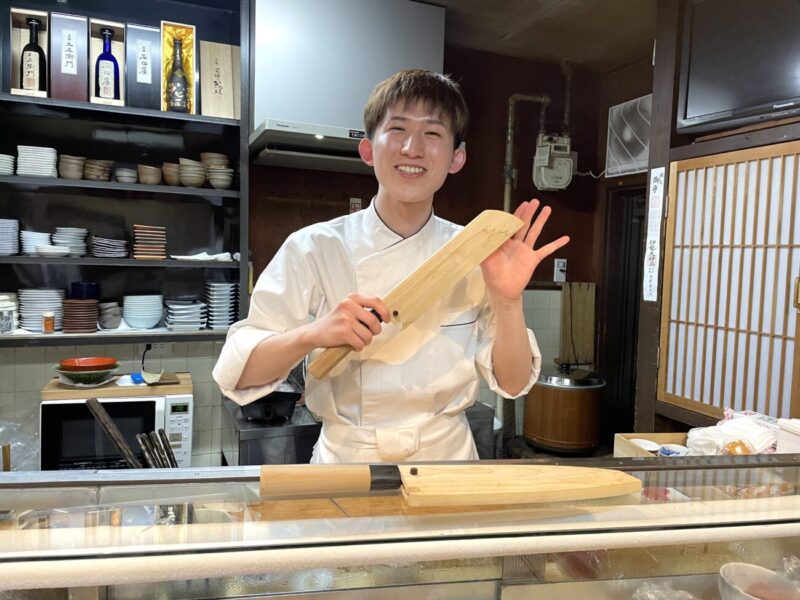
Shattering the image of strict, stoic Sushi chefs, the family cheerfully led the group in a Sushi-making experience, filling the restaurant with laughter. The rare opportunity to make my own Sushi under the guidance of a master was an indescribably entertaining experience that deepened my appreciation for this iconic Japanese dish. When it came time to taste Sushi made by real masters, the father-son chef due stayed true to their roots, utilizing Fukui-crafted Echizen Uchihamono knives that slices through the fish without damaging the fibers and cells, creating an exquisite texture. We enjoyed drinking local Sake at the bar while watching them skillfully prepare each dish.
Walking Around Fukui: Creativity and Connectivity
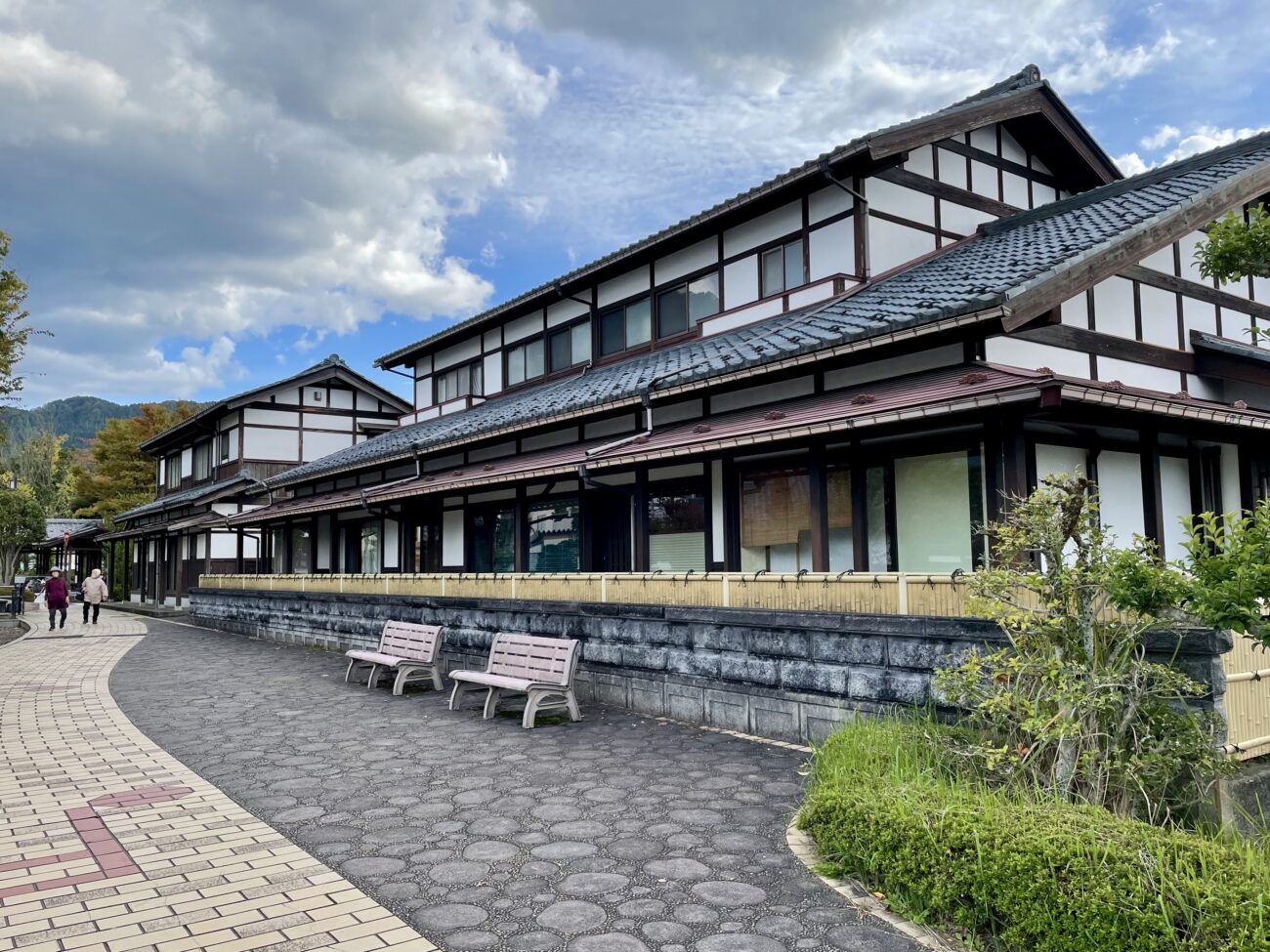
One great appeal of Fukui is the concentration of attractions, making it convenient for visitors to explore a variety of local charms at their leisure. The main train lines in Fukui included the Echizen Railway the JR Hokuriku Line. Bus networks like the JR buses and Keifuku buses cover much of Fukui stopping at major destinations like Eiheiji Temple, Echizen-Kaga Kaigan Quasi-National Park, and more. There are also places where you can rent electric bicycles, opening up even more opportunities for exploration on a flexible schedule.
Traversing the scenic local streets of Echizen, you will notice a surprising number of quaint workshops clustered together filling the atmosphere with faint sound of hammers and busy artisans shuffling around their studios. Fukui Prefecture famously produces many traditional crafts including lacquerware, Washi paper, hammered blades, pottery, and Tansu chests. Skills honed over generations are passed down, linking the past and present like an unbroken chain.
On my tour through Echizen, I had the chance to witness skilled craftspeople at work using traditional techniques and even try my had and creating some of these Japanese crafts. Immersed in the local traditions and culture, I gained enormous respect for the artisans who have dedicated their lives to their craft and passing their knowledge down through the generations.
Okamoto-Otaki Shrine and Echizen Washi Village

According to folklore, Echizen’s impressive history as a famous producer of Washi paper began 1500 years ago when the goddess Kawakami Gozen appeared in the quaint farmland valley and taught the villagers how to craft this strong and versatile paper. The craft went on to bring the area great prosperity, especially in the Edo period when the Fukui government used Echizen Washi to print paper currency for its resilience. Sukashi, an innovative anti-counterfeit technique still used on Japanese money, was developed in Echizen.
Showing appreciation to the goddess who helped put Echizen on the map, Okamoto-Otaki Shrine is dedicated to Kawakami Gozen. Tucked away in a quiet forest, the main shrine is notable for its complex layered roof that combines Okamoto Shrine and Otaki Shrine into one. The Kami Festival, an Intangible Folk Cultural Asset of Fukui which started about 1,300 years ago, is held at the shrine every year from May 3 to 5. During the festival, portable shrines called Mikoshi holding the deities are carried around the village by locals in a spectacular display of culture along with other traditional ceremonies throughout the three-day event.
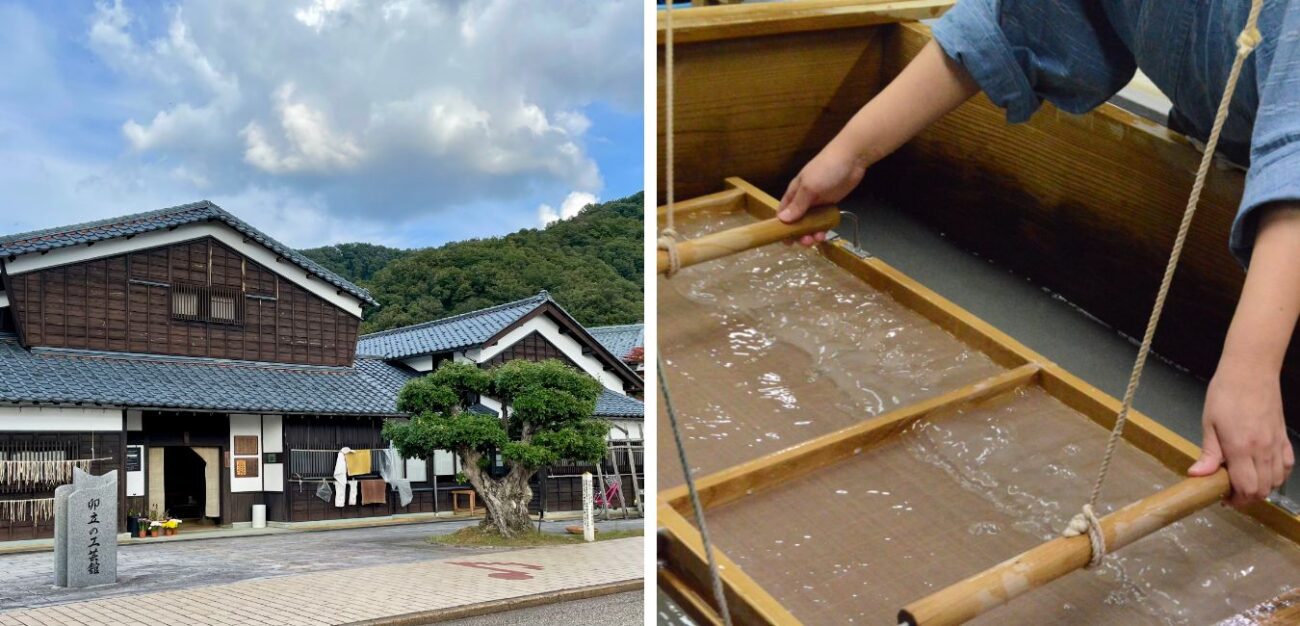
Okamoto-Otaki Shrine is part of Echizen Washi Village, home to traditional workshops and museums where visitors can learn about the history of Washi and the crafting process with a hands-on experience. It stands today as one of the oldest Washi production areas in Japan. Running through the middle of the charming village is Washi-no-Sato Street, where a railway station once stood servicing local paper workers.
The Udatsu Paper and Craft Museum the only site in Japan where you can see each step of tradition paper crafting all under one roof. First, fibers from the inner bark of Kozo, Gampi, and Mitsumata, and others are collected. The materials are soaked overnight and boiled for a few hours. After that, the fibers need to be washed and inspected for impurities which are removed by hand. The cleaned materials are beaten with a large wooden paddle to soften and loosen the fibers. Water and a sticky liquid called Neri is mixed with the materials and is then filtered, creating a fine layer of Washi. Finally, the Washi is pressed and dried. Seeing each step firsthand was a fascinating look into the careful craftsmanship that has lasted for over a thousand years. The Japanese Udatsu-style building itself is a fascinating piece of history, being an Edo period home where a family of craftspeople used to live.
A more modern addition to Echizen Washi Village is the Museum of Washi and Culture which shows the potential and versatility of fine Washi paper. I was captivated by the beautiful art enhanced by a variety of high-quality paper created in Echizen. The unique texture of the Washi paper brought life and character to each work.
Yanase Washi
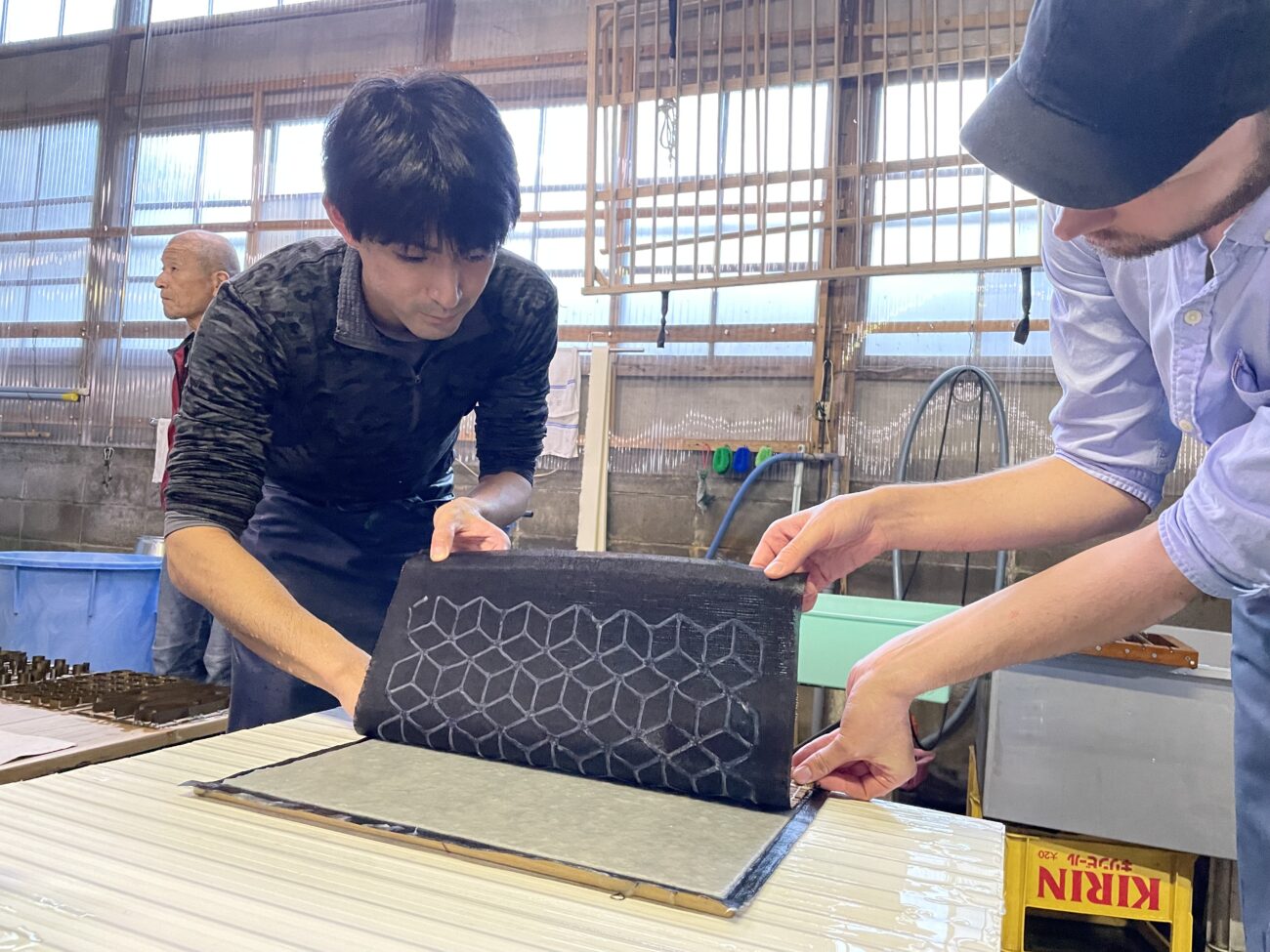
In the Goka area, hometown of Echizen Washi, YANASE WASHI, established in 1950, has stood perfecting their paper craft over generations. YANASE WASHI mainly produces large-sized Washi paper that is used for Japanese Fusuma sliding screens. However, the creative mind of the seasoned artisan Yanase is always considering other innovative ways to use Washi for decorations, accessories, and other appealing crafts. They have collaborated with designers to make unique 3D shapes and colorful patterns that you may not expect to see made from a traditional Japanese craft. After getting a close-up look at their process and seeing the result of their work, I wasn’t surprised to see that many businesses in Echizen, like luxury hotels, used YANASE WASHI products to decorate spaces. In addition to watching the family who has devoted their lives to producing some of the best Washi paper in Japan, visitors can create their own personal souvenirs with a hands-on crafting experience. After making your own paper, browse through their wide selection of unique crafts.
Ryusen Hamono
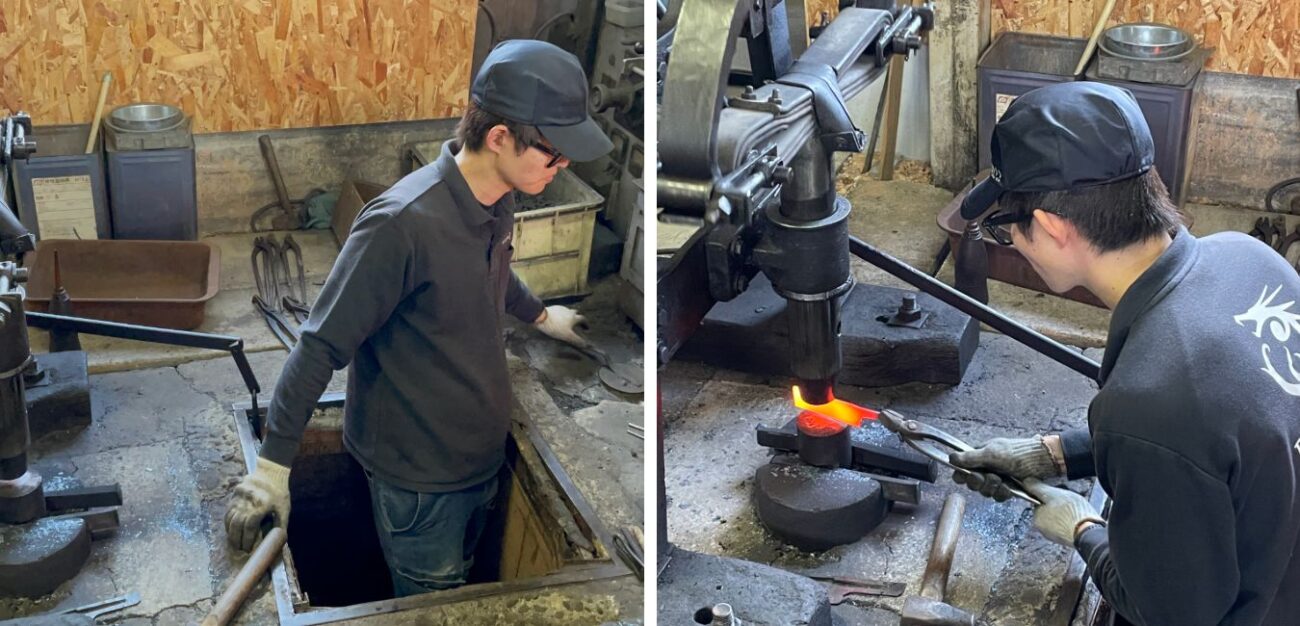
Swordsmith Chiyozuru Kuniyasu, seeking a place to forge steel, left Kyoto in 1337 and settled in modern-day Echizen, Fukui. Tired of his creations being used for violence, legend has it that Chiyozuru Kuniyasu eventually turned to creating blades for farming instead. Echizen’s blade-making heritage grew from there. In 1979, Echizen was designated as the inaugural region for traditional blade-making in Japan by the national government. The knives and tools crafted here are still forged using traditional Japanese techniques and meticulously sharpened by hand.
Ryusen Hamono exhibits the skilled craftsmanship used to create quality Echizen blades that can be used for a variety of purposes. At the main building, Echizen Chiyozuro no Yakata, celebrates the area’s approximately 700-year history of crafting unrivalled Uchihamono, or forged knives. While exploring the many workshops and museums in the area, you can imagine how lively the village was as blacksmiths hammered away.
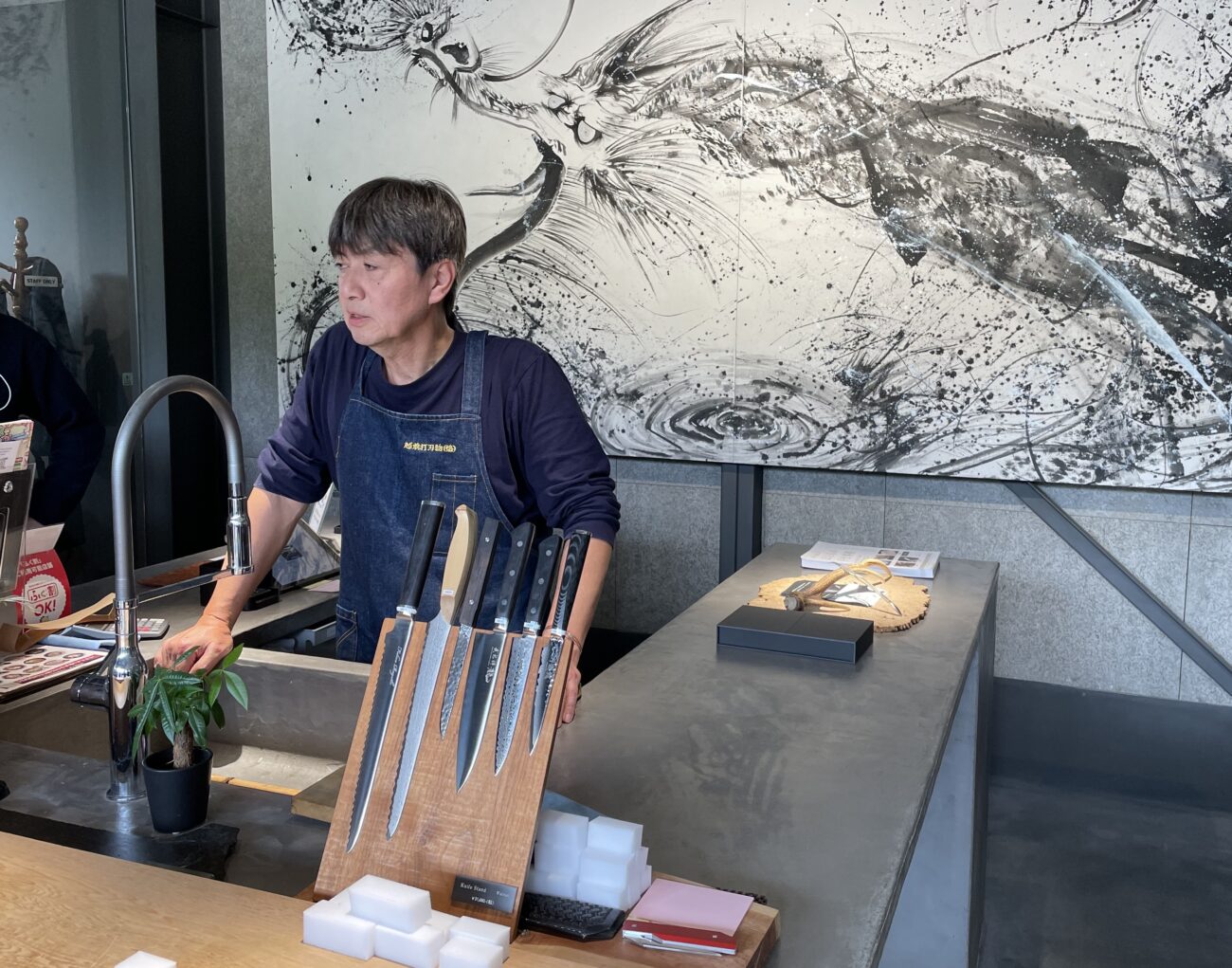
Ryusen Hamono has inherited the wisdom of many generations of skilled craftspeople and became the first in the region to produce multi-layered stainless products. Rising to global fame at the 2013 Bocuse d’Or International Culinary Competition, Ryusen Hamono knives impressed judges with the quality and sharpness of their steak knives. Locals like the chefs at Sushi Toyo and Bistro Un have great pride in these incredible products and use them daily. After witnessing the traditional 25-process forging technique, in the factory you can browse the shop and appreciate the stunning beauty of the handcrafted blades. Hand-on workshops are also held, offering the chance to experience the exceptional sharpness of the blades by easily slicing through cooking ingredients.
Shitsurindo
Another major craft Fukui has become known for is lacquerware, called Echizen Shikki. In fact, eight out of ten commercial lacquerware products used in hotels and restaurants originate in Echizen. Production of lacquerware in Echizen has a history of approximately 1,500 years. The process is used on a variety of products such as bowls, chopsticks, boxes, tea utensils, and more. The process of creating such impeccable and lustrous lacquerware by hand requires an extraordinary about of patience and skill. There are many steps involved, including woodworking, undercoating, overcoating, and decorating. For that reason, there are over 200 workshops in the area that work together to produce Echizen Shikki.
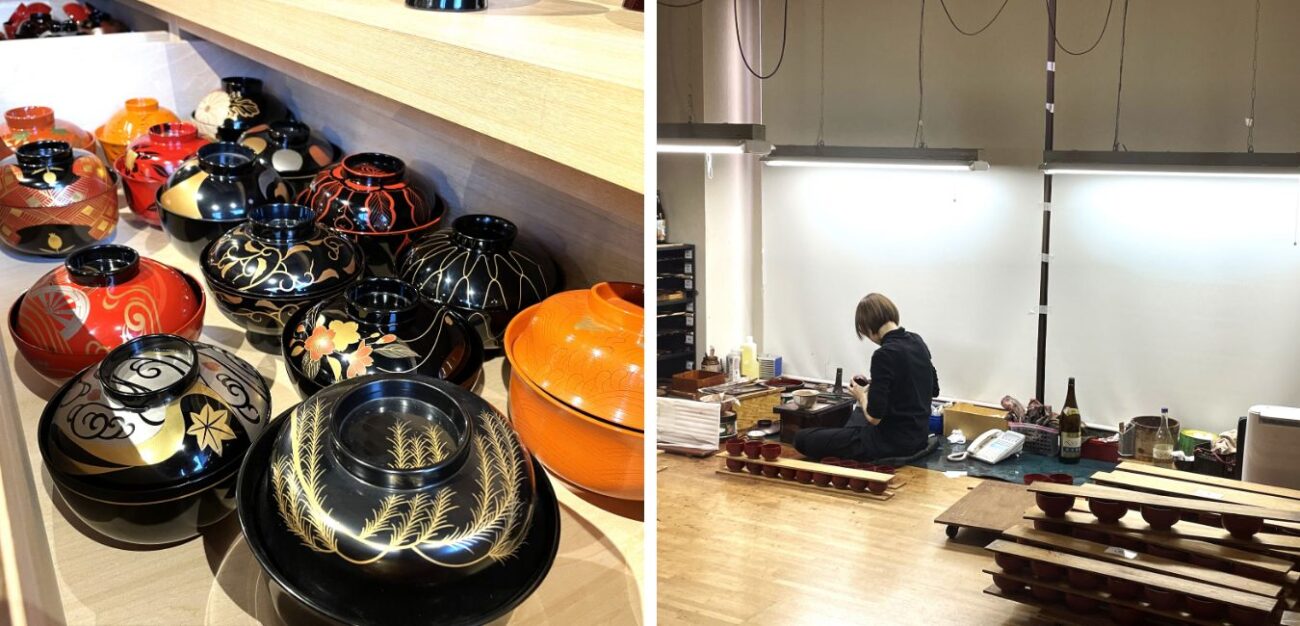
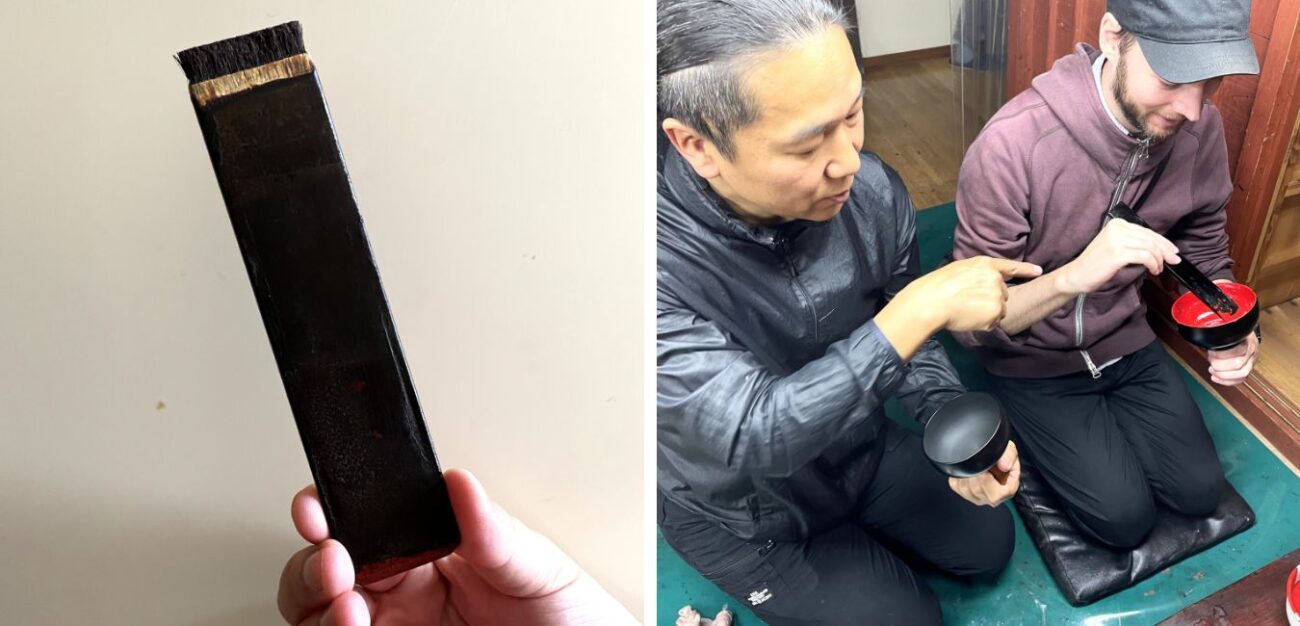
I had the chance to learn all about the process and even try lacquer painting myself at Shitsurindo which has been around since the Edo period. Lacquer is incredible sticky and difficult to spread, so special brushes made of human hair are used as the strands are more malleable. After painting, the lacquerware bowls are placed on rotating arms in a wooden box that is kept humid with wet cloths. About 300 of the luxury bowls can be produced each day. Their items are used across Japan at prestigious hotels and restaurants. After the hands-on experience visitors can peruse the selection of perfectly polished luxurious lacquerware in the shop.
Mindfulness in Fukui
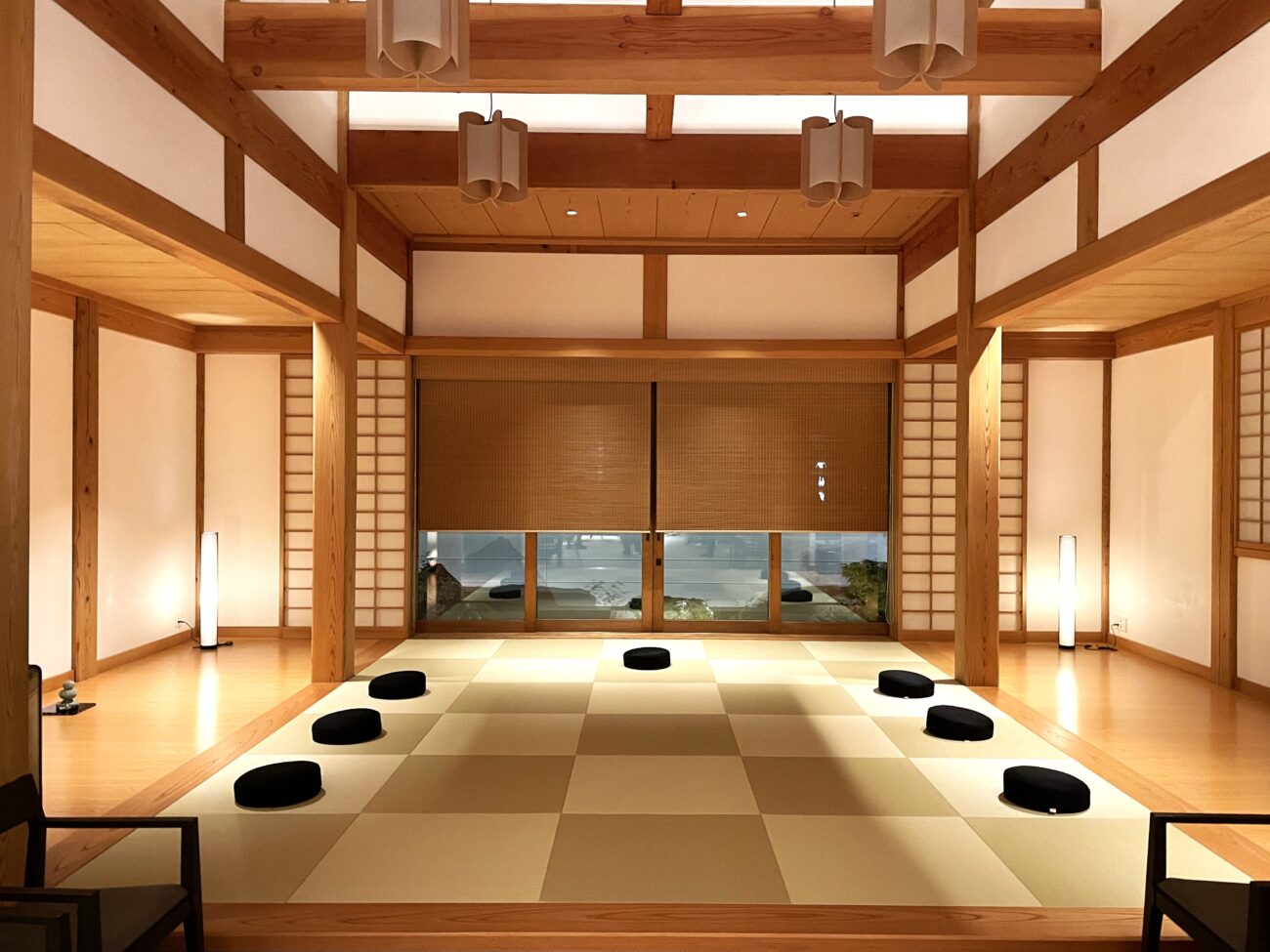
Away from chaotic city streets and overcrowded tourist traps, the people of Fukui enjoy a simple and quiet lifestyle in harmony their tranquil surroundings. Forgoing sprawling shopping malls and glimmering skyscrapers for solemn temples and undisturbed natural scenery. For that reason, it is no wonder that the practice of Zen Buddhism has thrived in Fukui. The calming ambiance creates the perfect environment for quiet meditation and reminds us of the importance of living in the moment.
Eiheiji
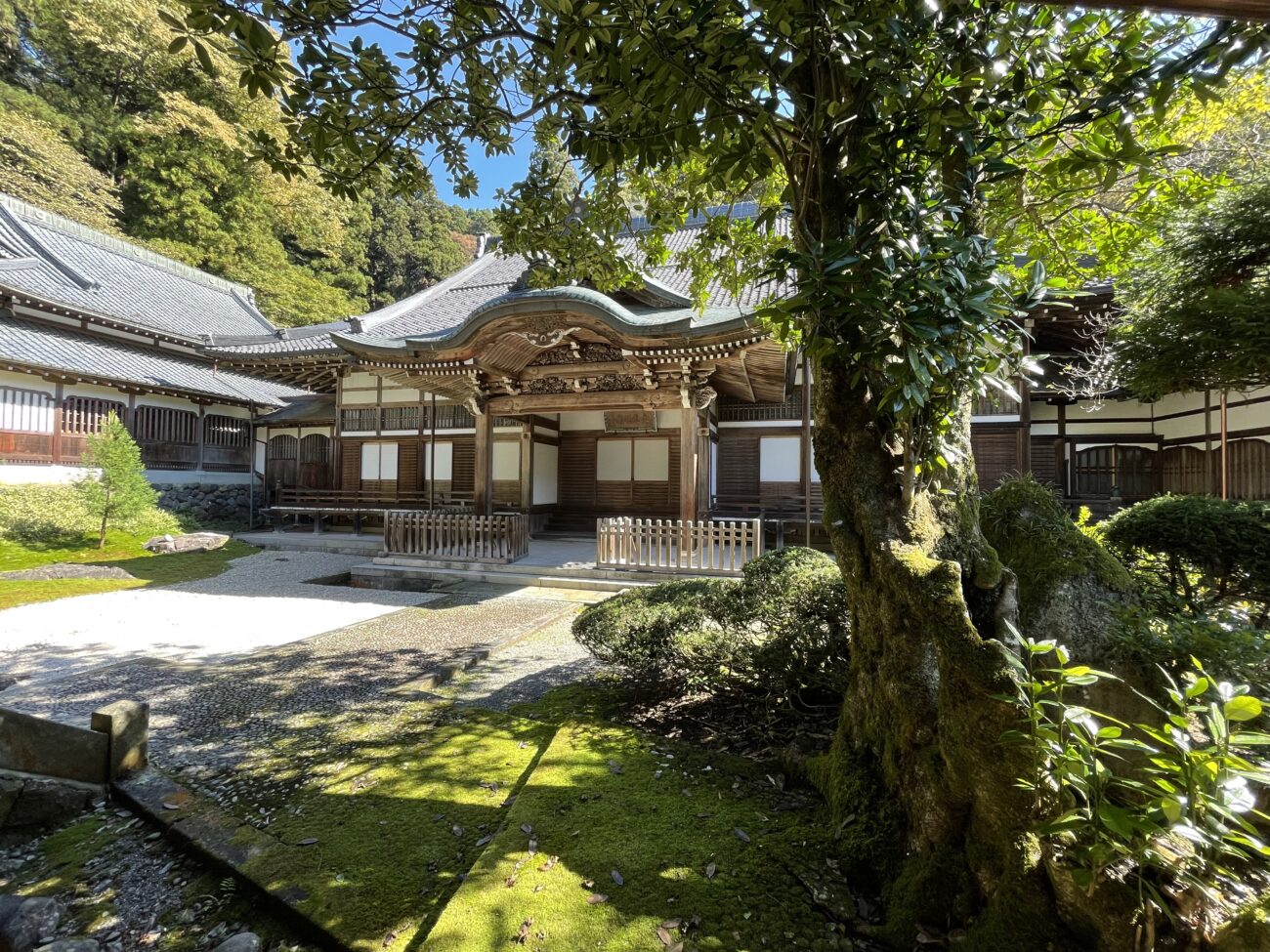
Among the many temples and shrines that remain in Fukui, the headquarters of the Soto sect of Buddhism, Eiheiji Temple, with a history of over 770 years, stands out as one of the most well-regarded and is Japan’s largest Zen Buddhism training site. Famously, Steve Jobs dreamed of studying here, inspiring many others to visit the sacred site known as The Temple of Eternal Peace. As I approached the temple, my excited mind was already quieted by the calming nature gently glowing in the early morning light. Mossy stones and massive cedar trees put me in a state of awe even before I stepped up in the impressive temple.

The complex includes seven main buildings: Tosu, Sodo, Butsuden, Hatto, Daikuin, Yokushitsu, and the main gate Sanmon. Quietly touring the temple grounds, I was immediately impressed by the ceiling art in the Sanshokaku reception hall which is made up of 230 beautiful paintings of birds and flowers that represent the four seasons of Japan. Intricate wood carvings appeared throughout the halls, adding even more character to the gorgeous structures.
The Sodo is the Monk’s Hall where sitting meditation called Zazen is practice. Just like a real monk, visitors can participate in this silent meditation and experience the great benefits. Some — like me — may struggle sitting in the full-lotus position for an extended period of time, but that is no reason to miss out on this unique opportunity. Chairs are provided, and I had no problem meditating along with the group. Afterwards the Zazen sitting meditation, I felt refreshed and prepared to face the day with a new awareness and appreciation for the beauty around me. It is also possible to stay overnight and learn even more about the training practices of Buddhist monks of the Soto sect.
Hakujukan
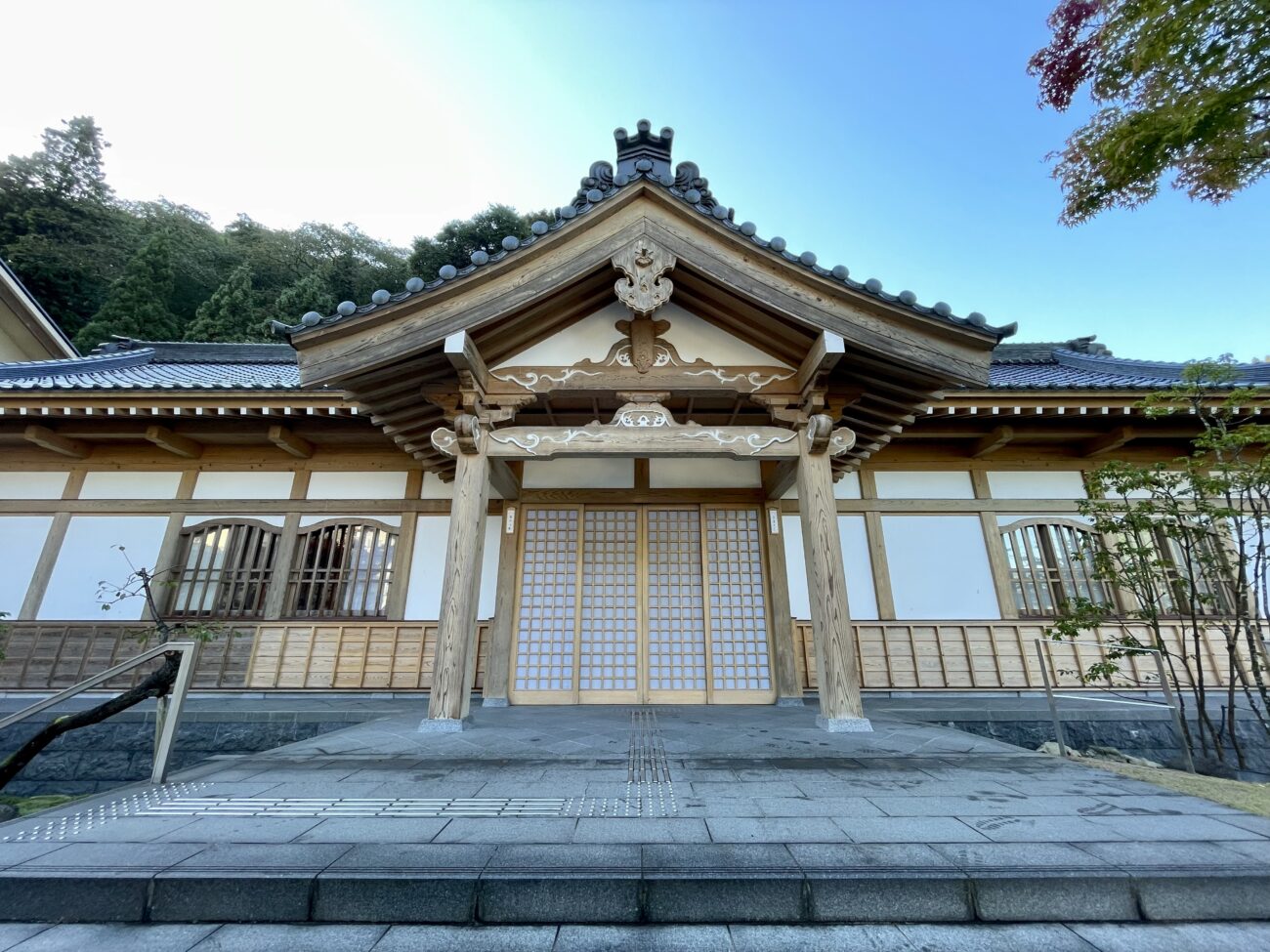
For a luxurious stay at a real Buddhist temple, the Hakujukan accommodates regular guests and even Buddhist monks visiting the area. Built with the concept of combining the experience of a Ryokan (traditional Japanese inn) and a Shukubo (temple lodging), the high-end hotel features a space for meditation in the lobby and uses cedar cut from the temple grounds to create a space of reverence and quiet comfort. Echizen Washi adorns the walls, adding some flare to the interior without sacrificing its carefully constructed traditional feel. I enjoyed the spacious western-style rooms with a tatami space and the outdoor bath which was perfect for relaxing after a long day of exploring Fukui. The Zen Concierge at Hakujukan patiently explained the practices of Buddhism to visitors, and the hotel also leads sutra writing activities (Shakyo). When it comes to Shakyo, the key is to relax and concentrate your body and mind on one task, so it doesn’t matter how skilled you are at writing Japanese.
My Overall Impression of Fukui
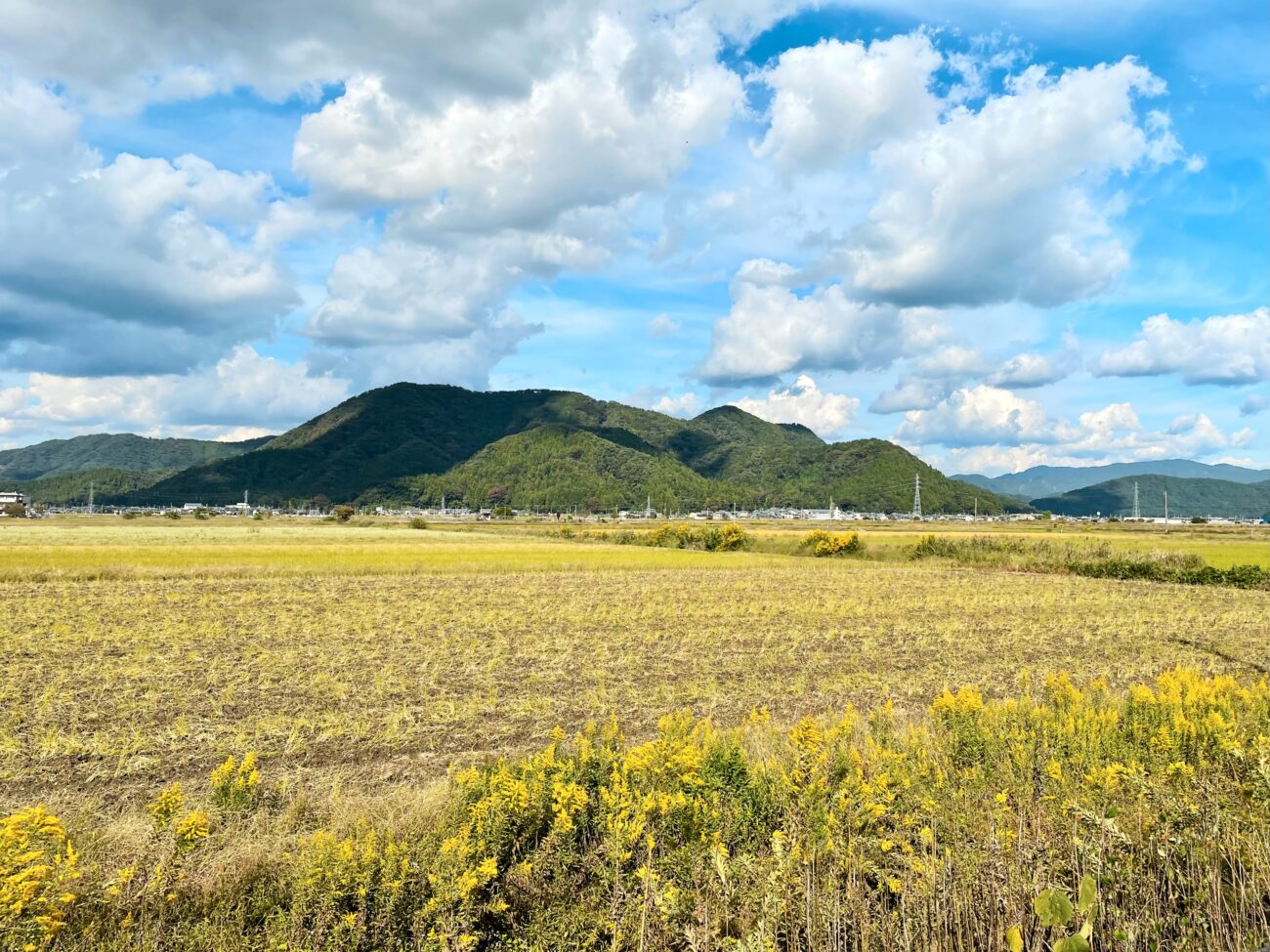
Rather than simply leaving Fukui behind with just a handful of pictures, I brough back home tangible memories crafted from hands-on workshops that expanded my appreciation for Japan and its fascinating traditions. The warm hospitality of the locals who imparted their invaluable knowledge onto me inspired me to visit the beautiful lands of Fukui again soon. Even in such a rural area, there was still such much to explore, and despite its quaint location in the pleasant Japanese countryside, I had a truly luxury experience that incorporated the history, culture, cuisine, craftsmanship, and tranquility of this enchanting area on a compact 2-day tour. As Fukui becomes more accessible with convenient public transportation and tours catering to international visitors, I expect this region to transform from a hidden gem to a shining jewel of Western Japan.
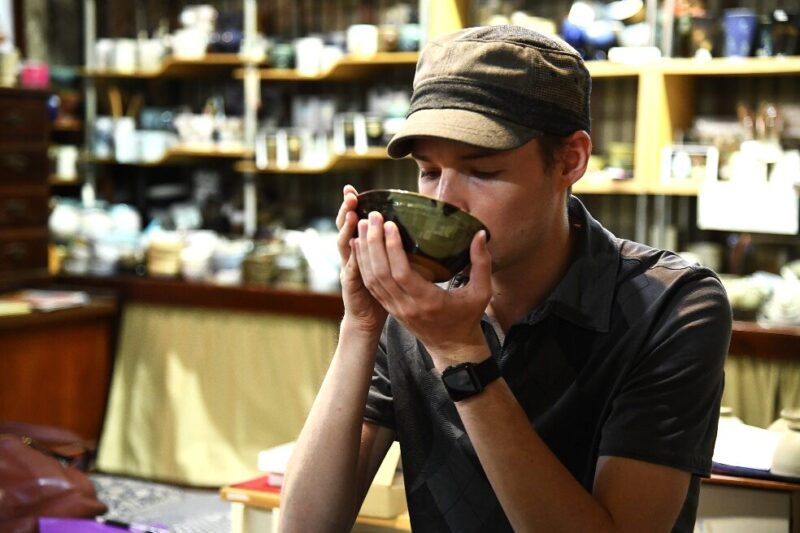
Writer: Andrew Smith
Andrew Smith is an American writer who has lived in Japan for over a decade. He specializes in unearthing Japan’s overlooked charms in lesser-explored regions, guiding readers off the beaten path to discover the marvels authentic Japan on a journey through the country’s rich culture, history, and natural wonders.
 0
0

